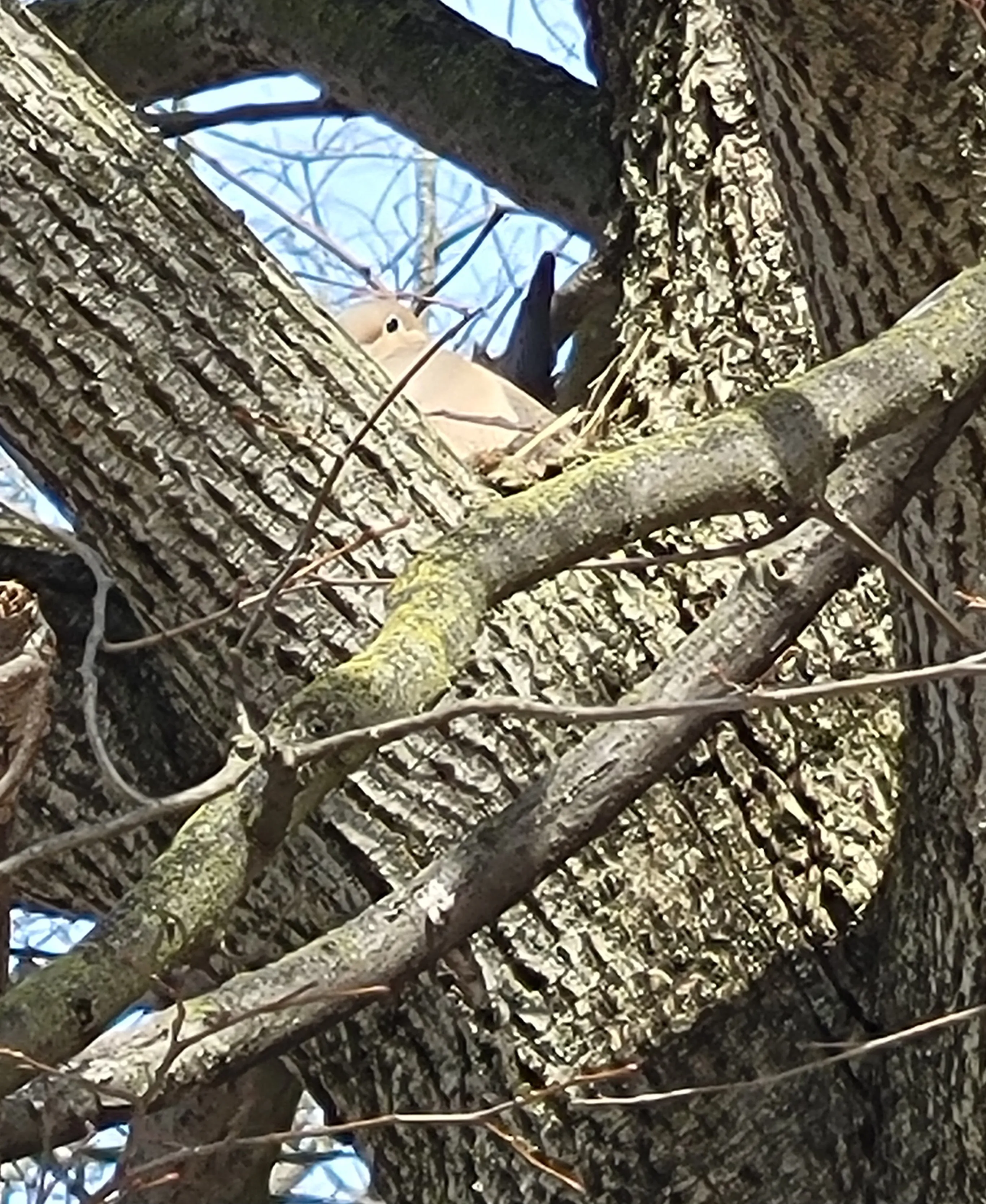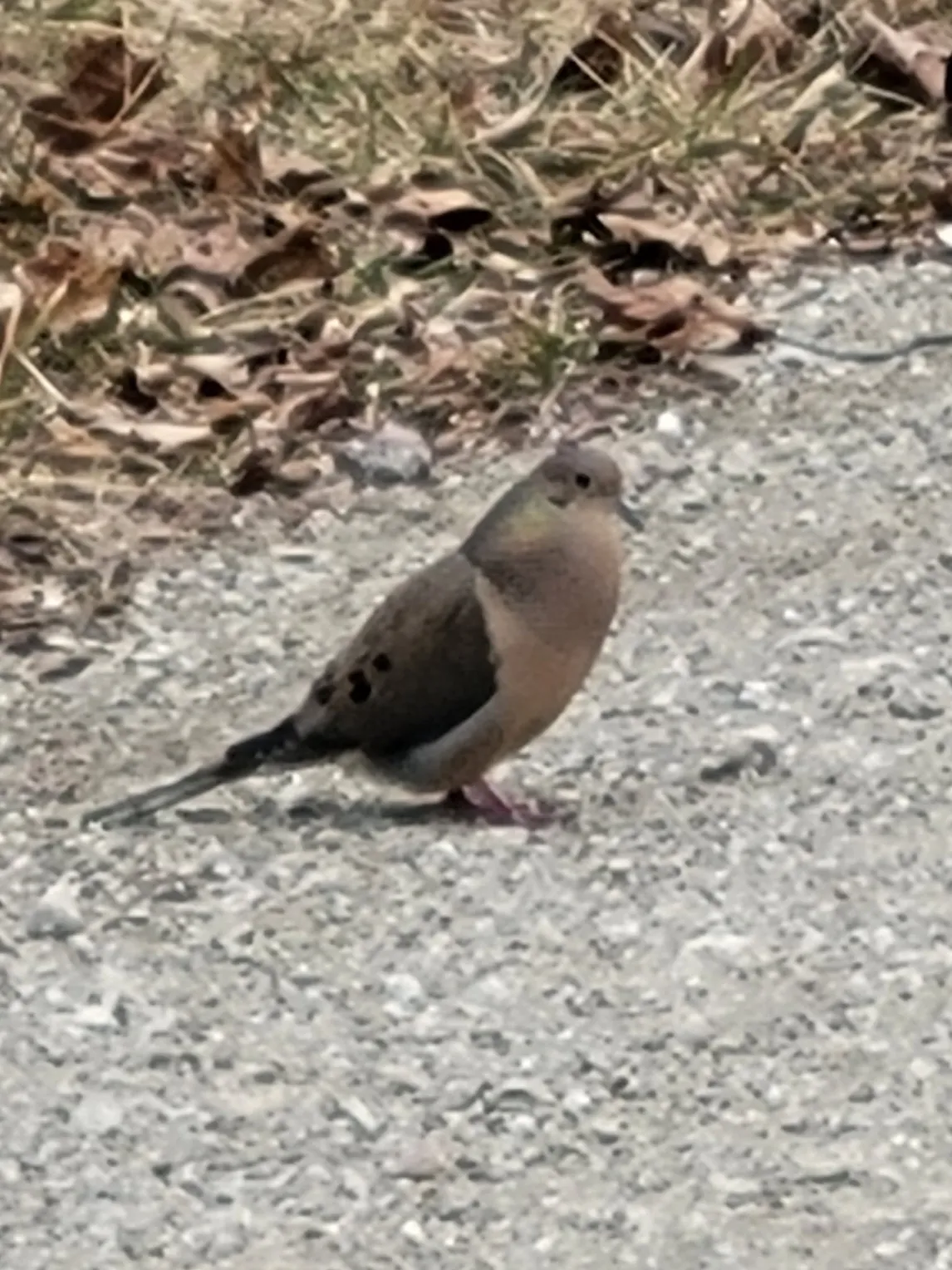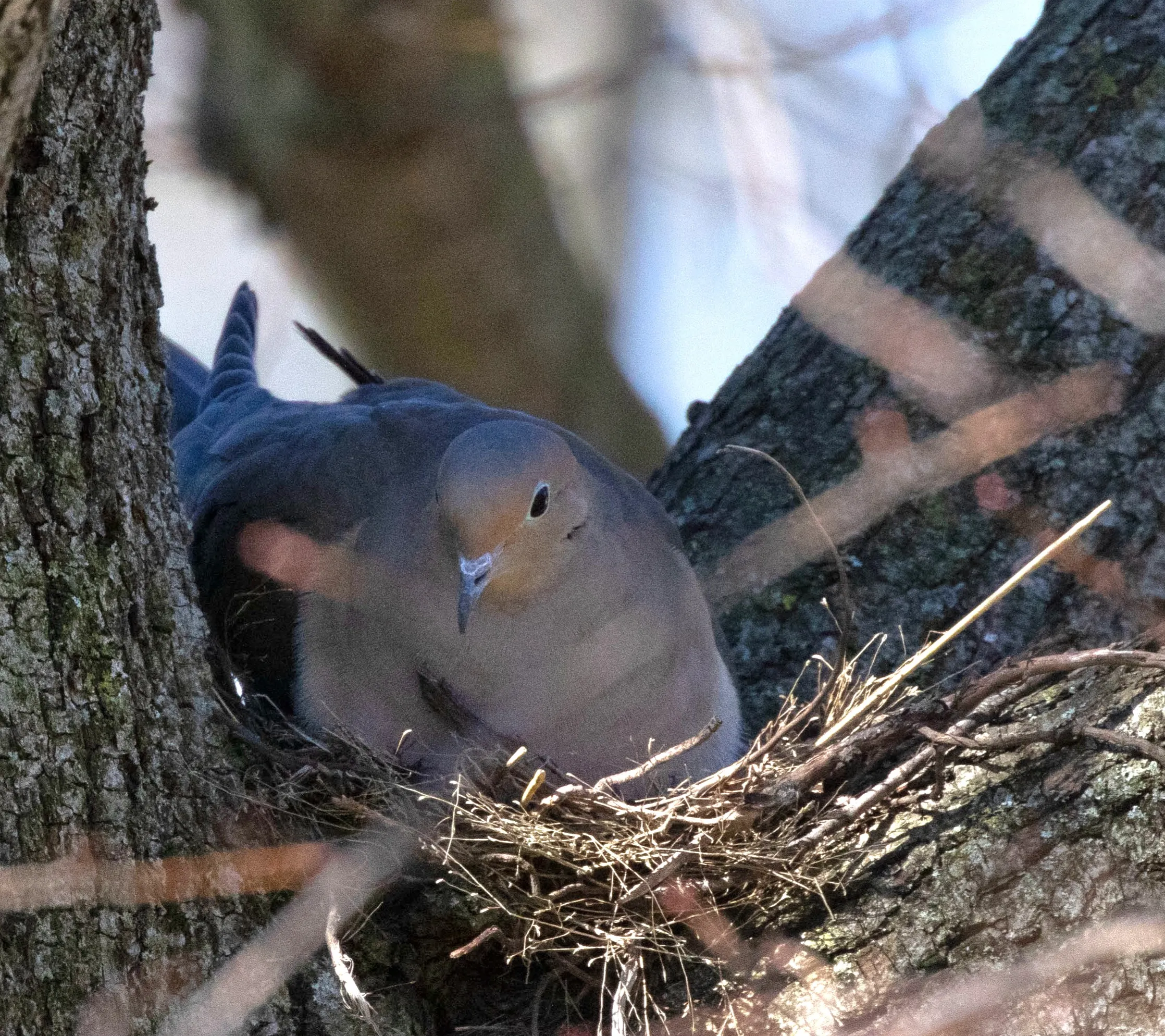Mourning Doves, common year-round residents in many landscapes, are often among the first non-raptor bird species to begin their nesting activities each spring. While their gentle cooing is a familiar sound, their nesting behavior holds several remarkable and often unusual characteristics that set them apart from many other avian species. Understanding these distinctive traits offers a fascinating glimpse into the adaptability and reproductive strategies of these widespread birds. From early-season breeding to unique feeding methods, Dove Nesting Behavior is a masterclass in avian efficiency and parental dedication.
Early Birds of Spring: Kicking Off the Breeding Season
One of the most notable aspects of Mourning Dove nesting behavior is their incredibly early start to the breeding season. While many songbirds are still returning from their wintering grounds, Mourning Doves can begin their courtship “cooing” as early as late February, with some pairs initiating nest construction and egg-laying by March. This early start, often amidst lingering cold spells or even late-season snowfalls, highlights a key adaptation that allows them to raise multiple broods throughout the longer breeding season. Both the male and female share the diligent duty of incubation, keeping their precious eggs warm day and night, even through challenging weather conditions. The female typically takes the night shift, while the male guards the nest during the day. This shared responsibility ensures continuous warmth, which is crucial for the development of their eggs, especially during unpredictable early spring temperatures.
A Flimsy Foundation: The Art of Rapid Nest Construction
Another distinctive feature of dove nesting behavior is the seemingly flimsy construction of their nests. Unlike the intricately woven and sturdy cups built by many passerine birds, Mourning Doves assemble a rather shallow and often sparse platform of twigs and grasses. This simple nest, which notably lacks a deep inner cup, can be completed in an astonishingly short period, often within just two to three days. This rapid construction contrasts sharply with the week-long or even longer efforts of many other species.
The nest-building process itself is a coordinated effort. The female typically remains on the chosen branch or site, while the male diligently brings individual pieces of nesting material. He then steps onto her back and presents the material to her as she turns her head. She carefully tucks it into place, often securing it with her body, as he immediately departs to gather the next piece. This efficient, almost assembly-line approach allows for quick nest completion, enabling them to move rapidly to egg-laying and potentially to start a new nest if the first one fails. The apparent simplicity of the nest, while appearing vulnerable, is often well-camouflaged and serves its purpose effectively for their specific reproductive cycle.
 Male Mourning Dove delivering nesting material to the female on a shallow, twig-built nest
Male Mourning Dove delivering nesting material to the female on a shallow, twig-built nest
Small Broods, Multiple Rounds: Their Reproductive Strategy
Mourning Doves typically lay only two eggs per clutch, a significantly smaller number compared to the four or more eggs laid by most other songbird species. Despite this small brood size, Mourning Doves are highly successful in maintaining their populations because they are prolific breeders, capable of raising two or more broods each year. This strategy of smaller, more frequent clutches allows them to maximize their reproductive output over an extended breeding season.
The number of eggs laid per brood is intrinsically linked to their unique method of feeding their young. While many bird species depend on an abundant supply of insects to feed their hatchlings, birds in the pigeon and dove family have an extraordinary capacity to produce what is known as “crop milk,” or “pigeon milk.”
The Miracle of Crop Milk: Fueling Early Life
The production of “crop milk” is perhaps the most fascinating aspect of dove nesting behavior and juvenile care. This semi-solid, cottage cheese-like substance is secreted by specialized cells in the crops of both the male and female parent. Rich in protein and fat, crop milk provides essential nutrients for the newly hatched squabs, who are initially unable to digest the adult doves’ typical seed-based diet. This unique physiological adaptation means that Mourning Doves do not need to wait for an increase in insect populations, which are typically more abundant later in the spring and summer, to feed their young. This allows them to begin nesting much earlier in the year, gaining a significant advantage over insectivorous birds.
Both parents take turns feeding the young this nutritious milk, regurgitating it directly into the squabs’ mouths. However, even with both parents contributing, there is generally only enough crop milk to sustain two young at a time, reinforcing the evolutionary advantage of their small brood size. Observing when the eggs hatch can be challenging for humans, as the parents do not make frequent trips away from the nest to forage for insects. Instead, they continue to keep the chicks warm, feeding them milk without the need to leave the nest often, further ensuring the safety and development of their young. As the squabs grow, the parents gradually transition their diet from crop milk to softened seeds, preparing them for an independent life.
 A Mourning Dove on its nest, diligently incubating eggs, a testament to their early breeding season
A Mourning Dove on its nest, diligently incubating eggs, a testament to their early breeding season A close-up of a Mourning Dove cooing, a key part of their courtship ritual in early spring
A close-up of a Mourning Dove cooing, a key part of their courtship ritual in early spring A pair of juvenile Mourning Doves being fed, illustrating the effectiveness of crop milk
A pair of juvenile Mourning Doves being fed, illustrating the effectiveness of crop milk
Conclusion: A Testament to Adaptation
The nesting behavior of Mourning Doves is a remarkable example of evolutionary adaptation, allowing them to thrive across diverse environments. From their early breeding season and rapid, simple nest construction to the extraordinary production of crop milk, each aspect of their reproductive strategy contributes to their success. These unique traits ensure that Mourning Doves can successfully raise multiple broods, overcoming environmental challenges and securing their place as one of the most widespread and beloved bird species. Observing these diligent parents offers a wonderful insight into the intricate workings of the natural world and the dedication involved in raising the next generation.
